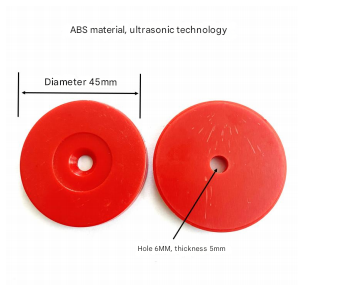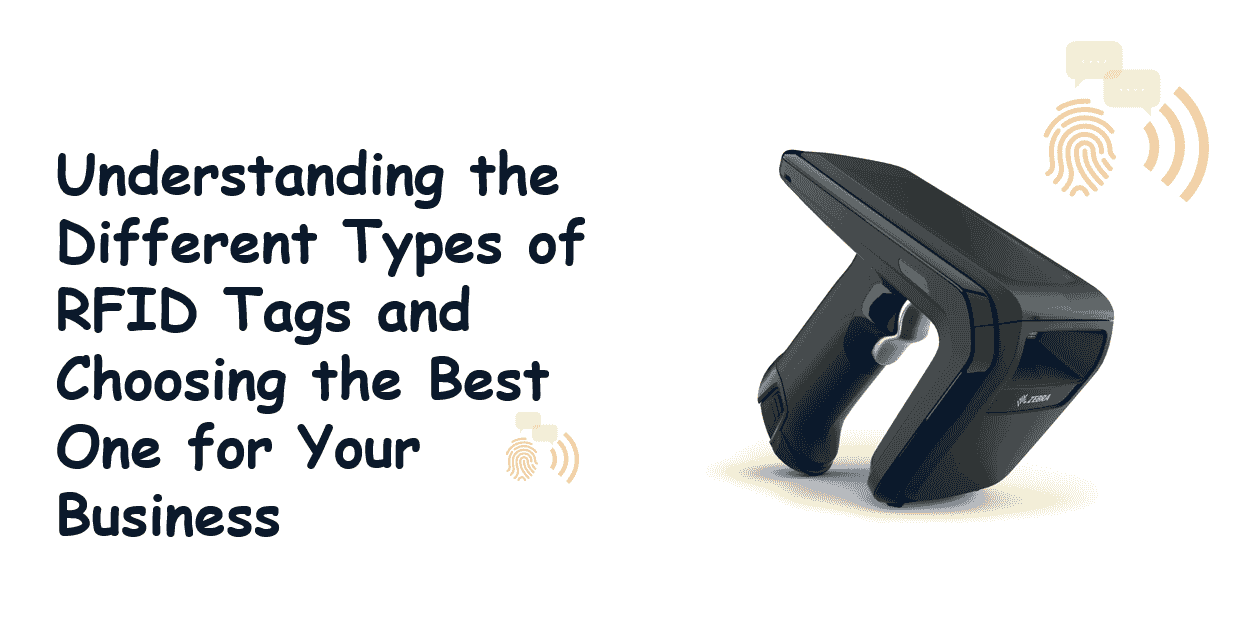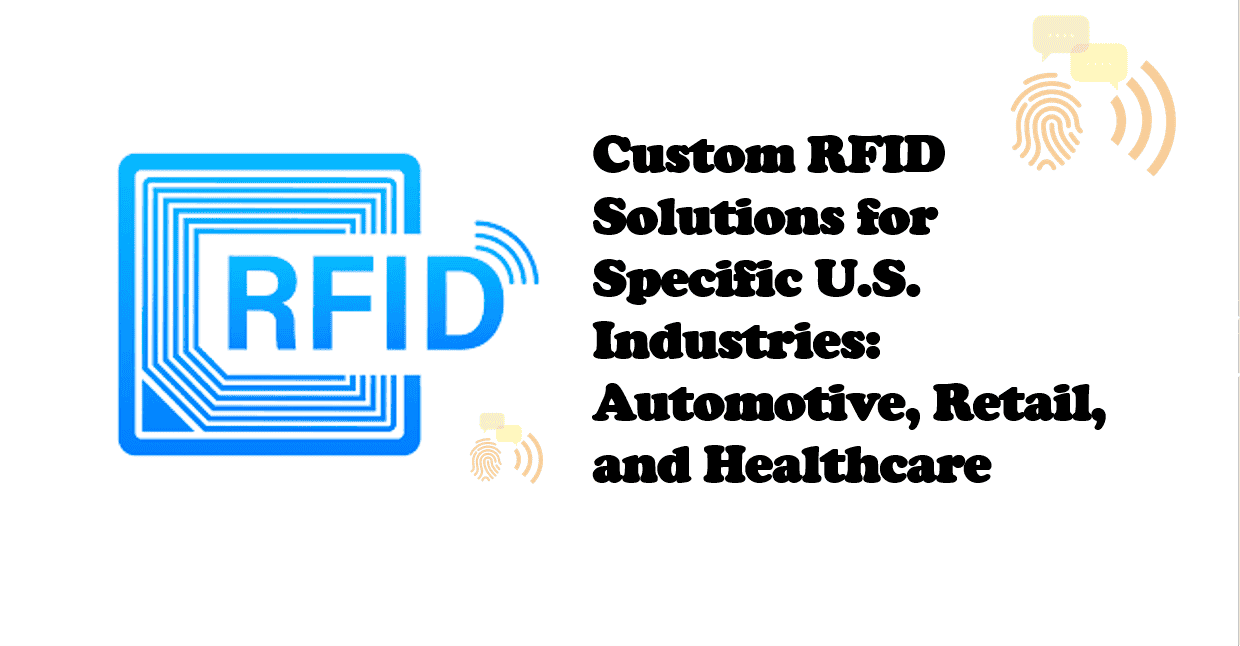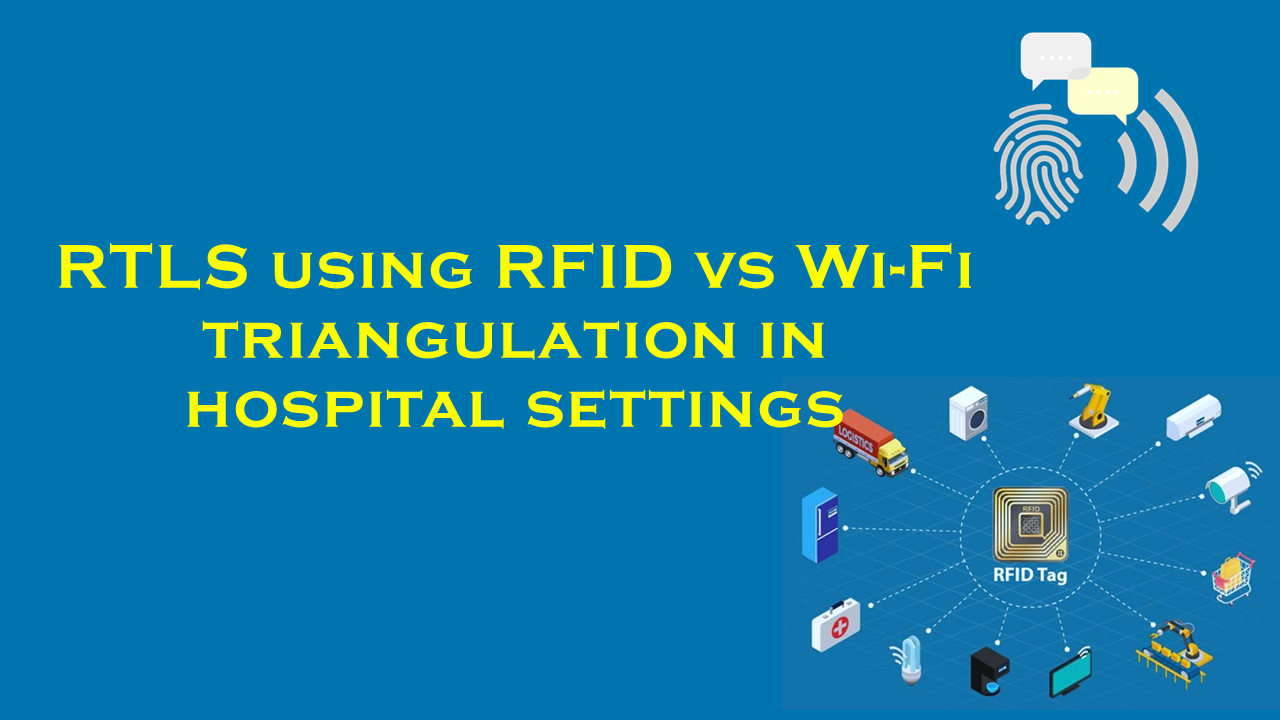Using RFID or serial barcode tracking in electronics recycling
Enhancing Electronics Recycling Efficiency Through RFID and Serial Barcode Tracking
The global surge in electronic waste (e-waste) poses a significant environmental challenge. According to the Global E-Waste Monitor 2020, approximately 53.6 million metric tons of e-waste were generated worldwide in 2019, with only 17.4% formally recycled. As regulatory pressures mount and demand for sustainable practices grows, technology-driven solutions like Radio-Frequency Identification (RFID) and serial barcode tracking are becoming critical tools for streamlining electronics recycling. These systems enable precise tracking, sorting, and recovery of materials, fostering transparency and efficiency in circular supply chains.
RFID Tracking in Electronics Recycling
RFID uses electromagnetic fields to automatically identify and track tags attached to objects. In recycling, RFID tags embedded in electronics store data such as manufacturer details, material composition, and disposal instructions. Unlike traditional methods, RFID does not require line-of-sight scanning, allowing bulk processing of items and real-time data capture.
Benefits:
- Improved Sorting Accuracy: RFID reduces human error by automating component identification. For example, tags can flag devices containing hazardous materials like lead or mercury, ensuring safe handling.
- Enhanced Traceability: Recyclers can trace devices back to their origin, aiding compliance with regulations such as the EU’s Waste Electrical and Electronic Equipment (WEEE) Directive.
- Operational Efficiency: Studies indicate RFID can reduce inventory management time by up to 90%, enabling faster material recovery.
Statistics:
- A 2021 report by Grand View Research projected the global RFID market to grow at a CAGR of 11.3% from 2022 to 2030, driven by demand in logistics and waste management.
- Companies using RFID report 20–30% reductions in processing costs, according to industry surveys.
Serial Barcode Tracking: A Cost-Effective Alternative
Serial barcodes encode product information in visual patterns readable by optical scanners. While less advanced than RFID, barcodes remain popular due to their affordability and simplicity. Each recycled device is labeled with a unique identifier linked to a database containing its lifecycle data.
Benefits:
- Low Implementation Costs: Barcode systems are 50–70% cheaper to deploy than RFID, making them accessible for smaller recyclers.
- Scalability: Barcodes integrate easily with existing inventory software, supporting centralized data management.
- Durability: Modern barcodes withstand harsh recycling environments, including exposure to heat and moisture.
Statistics:
- The barcode equipment market is expected to exceed $30 billion by 2028 (Allied Market Research).
- Over 60% of recyclers in North America use barcodes for basic tracking, per the Institute of Scrap Recycling Industries (ISRI).
RFID vs. Barcode: Choosing the Right Tool
The choice between RFID and barcodes depends on operational needs:
- RFID suits high-volume facilities prioritizing speed and automation.
- Barcodes benefit smaller operations with budget constraints.
Hybrid models are emerging, with RFID used for high-value components and barcodes for bulk items.
PurchaserFID.com: Empowering the Industry with RFID Solutions
As a leading supplier of RFID technology, PurchaserFID.com delivers cutting-edge tracking solutions tailored to electronics recycling. Their ultra-high-frequency (UHF) RFID tags withstand extreme conditions, enabling reliable data capture throughout a device’s lifecycle. By partnering with recyclers, PurchaserFID.com supports compliance, reduces operational costs, and enhances material recovery rates.
Key Offerings:
- Customizable RFID tags for diverse e-waste streams.
- Cloud-based data analytics platforms for real-time monitoring.
- Integration support with existing recycling infrastructure.
Challenges and Future Trends
RFID Limitations:
- Higher upfront costs and compatibility issues with metal-rich e-waste.
Barcode Limitations:
- Manual scanning requirements and limited data storage.
Innovations such as biodegradable RFID tags and AI-powered sorting systems aim to address these gaps. The rise of blockchain integration could further improve supply chain transparency.
Conclusion
RFID and barcode technologies are transforming electronics recycling by enabling efficient material recovery and regulatory compliance. While RFID offers advanced automation, barcodes provide an economical entry point for smaller operators. Suppliers like PurchaserFID.com play a pivotal role in equipping the industry with scalable solutions, driving progress toward a sustainable circular economy. As e-waste volumes grow, investing in these technologies will remain essential for minimizing environmental impact and maximizing resource efficiency.
Sources: Global E-Waste Monitor 2020, Grand View Research, Allied Market Research, ISRI.


156898_.jpg)





